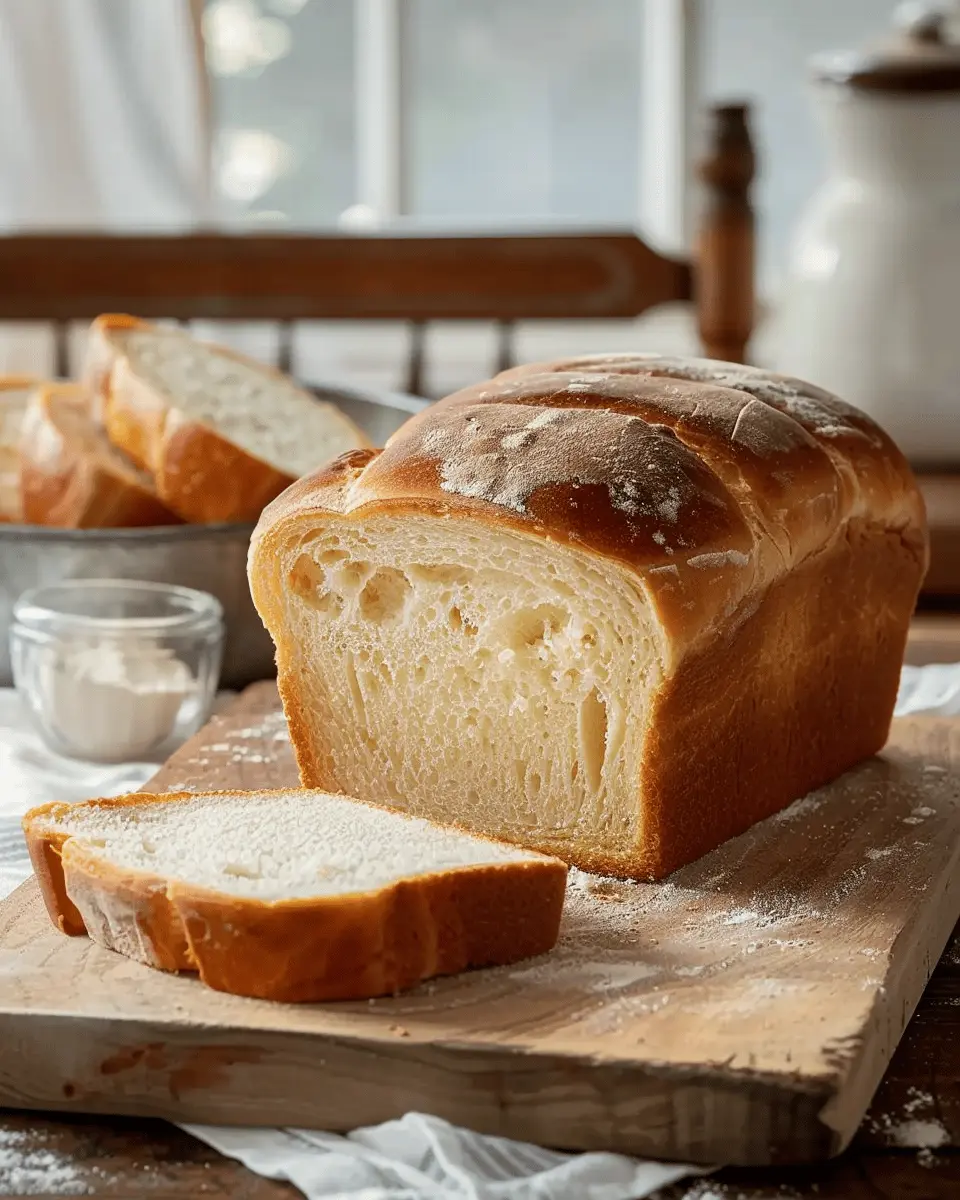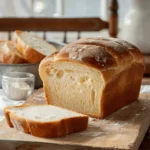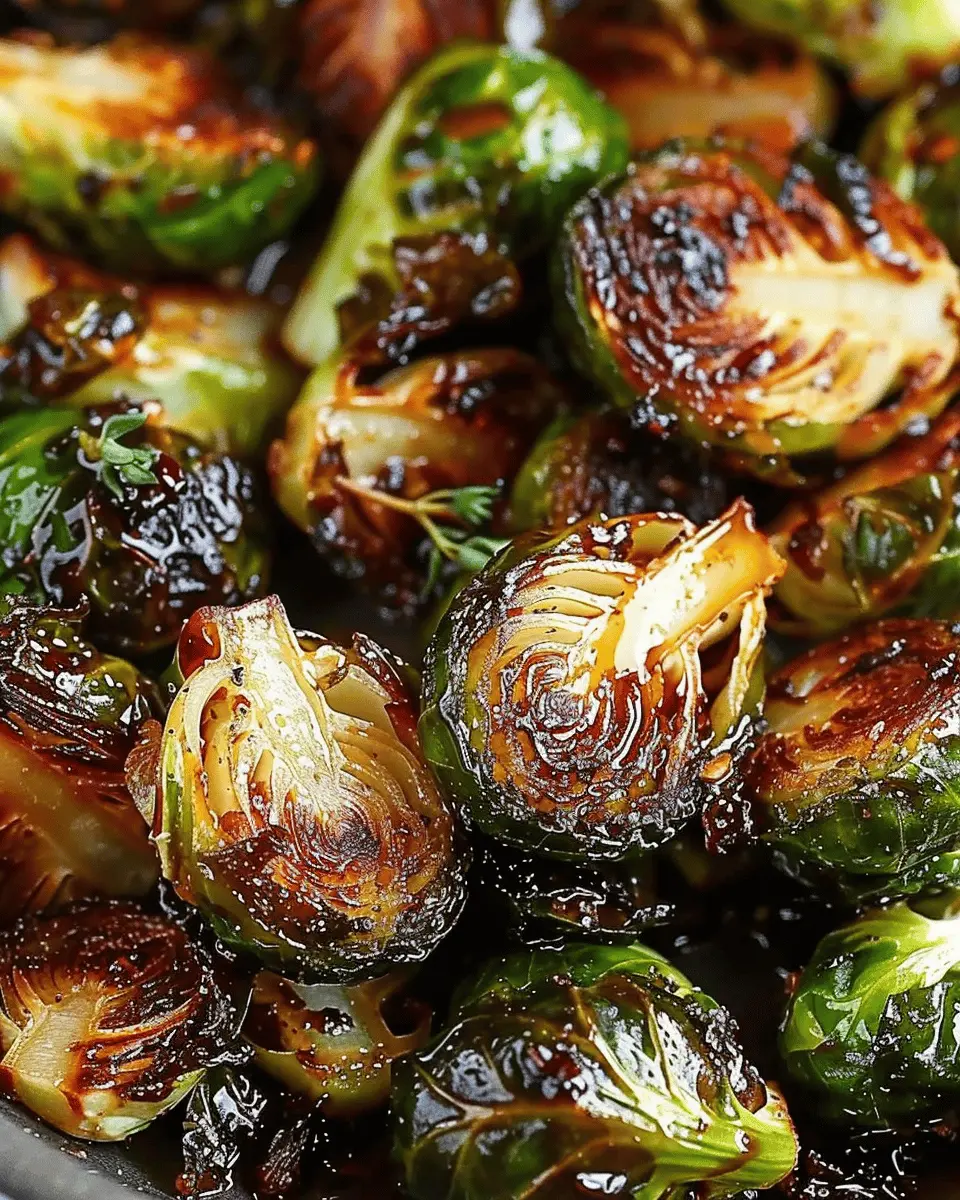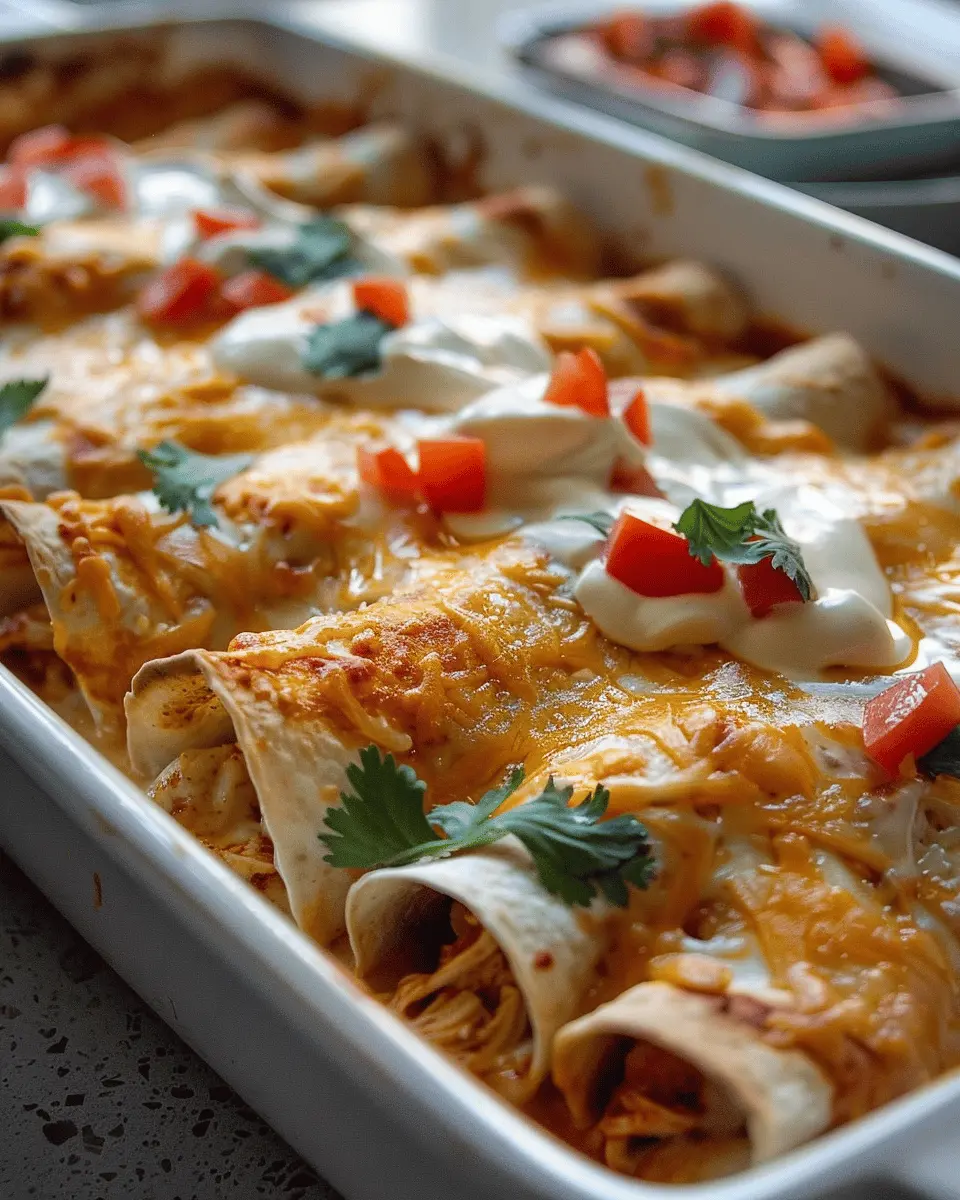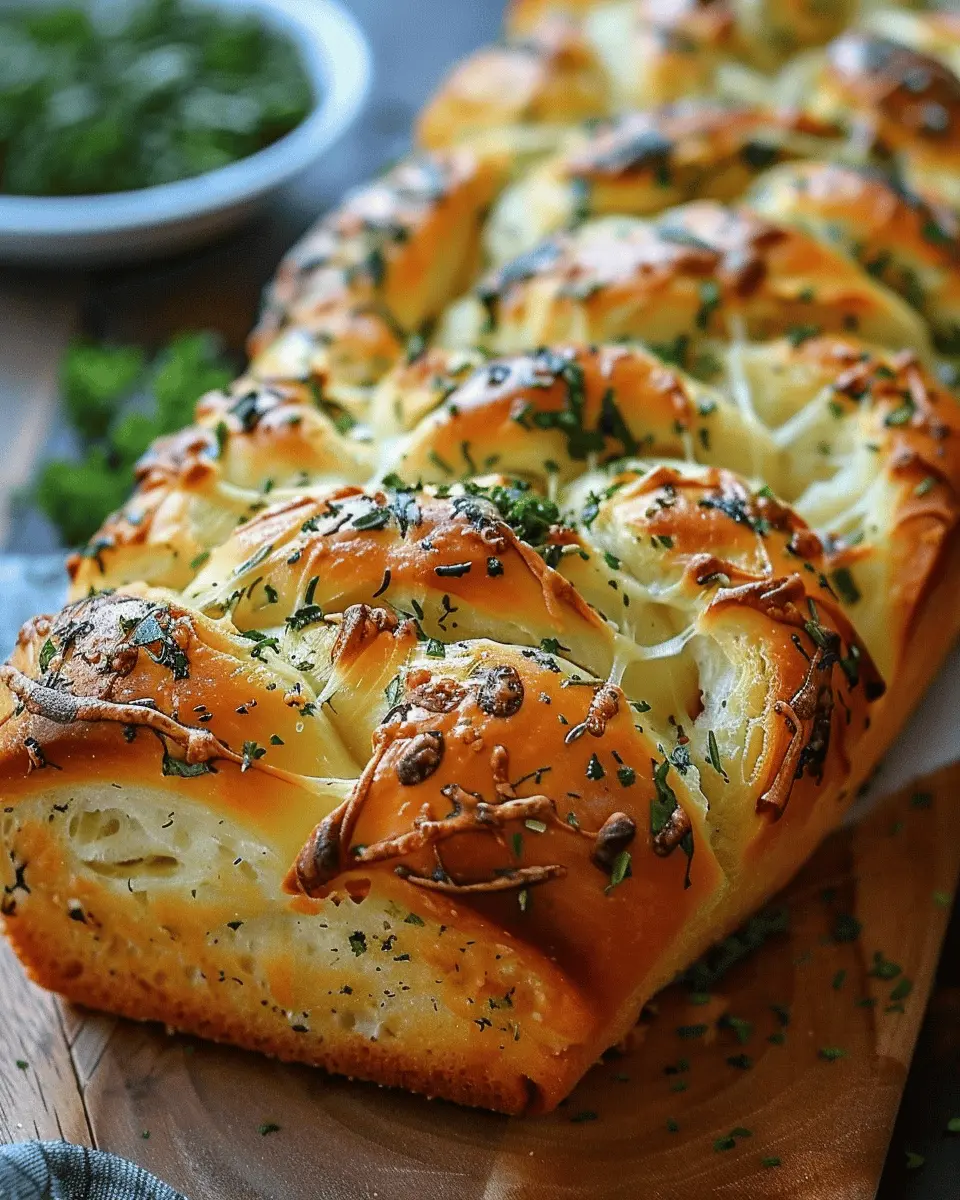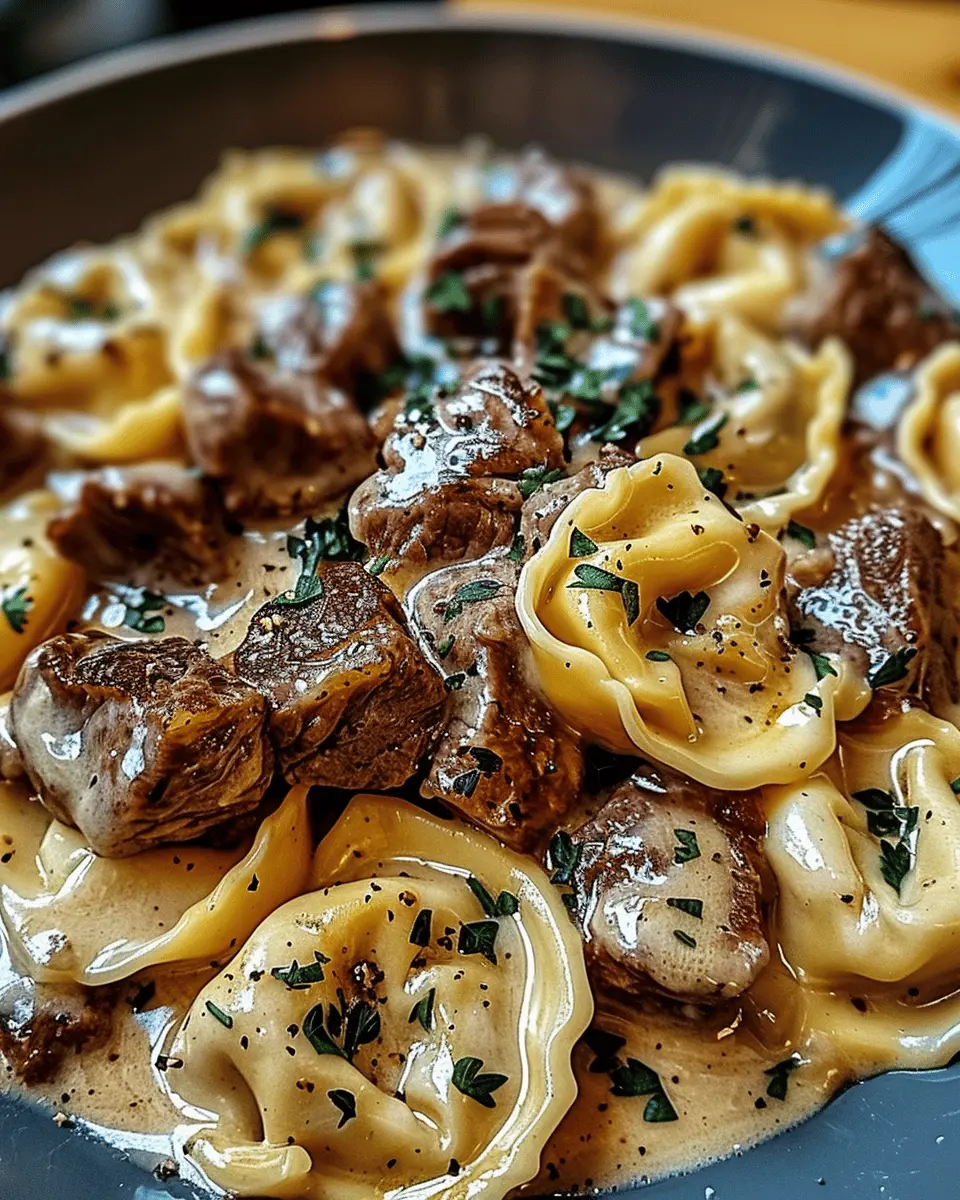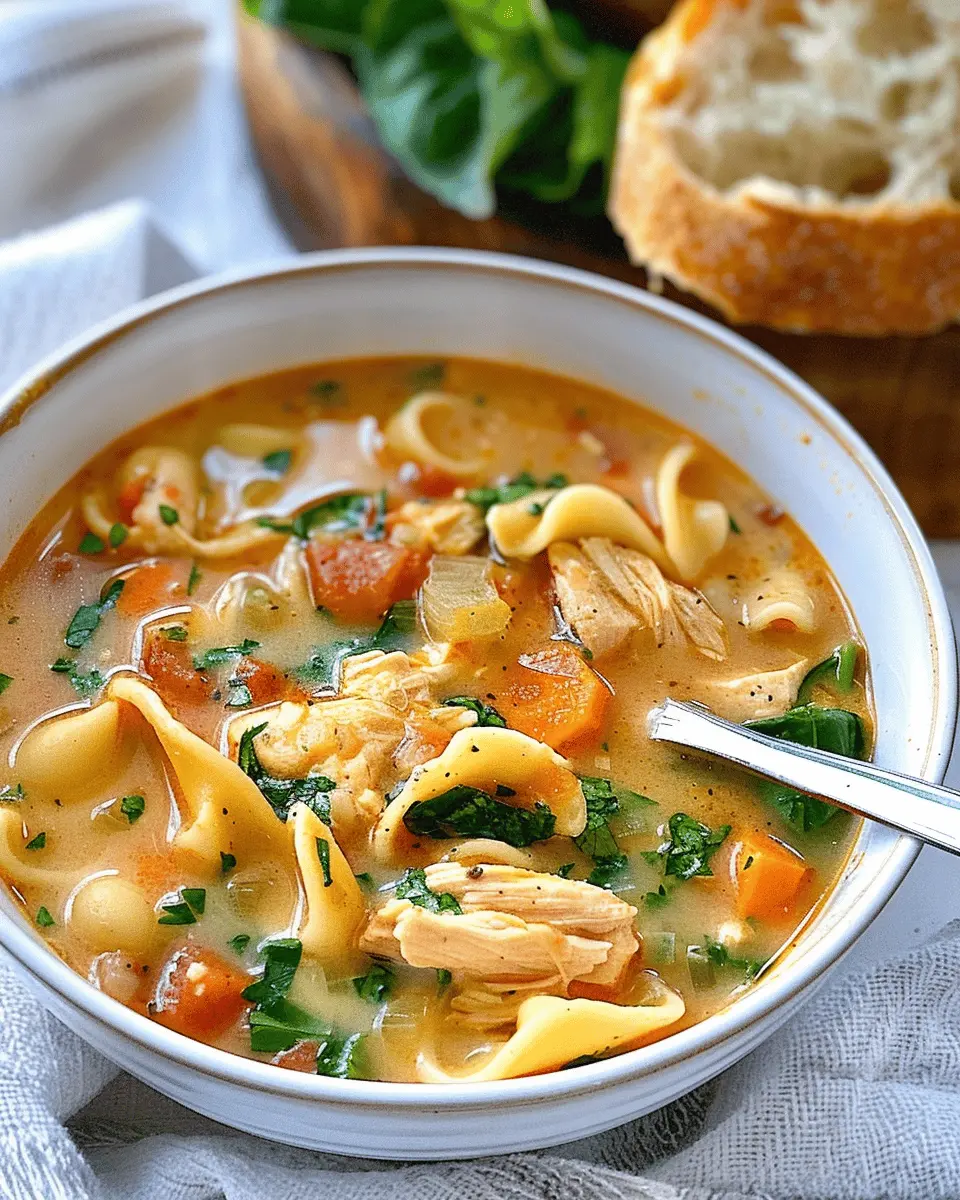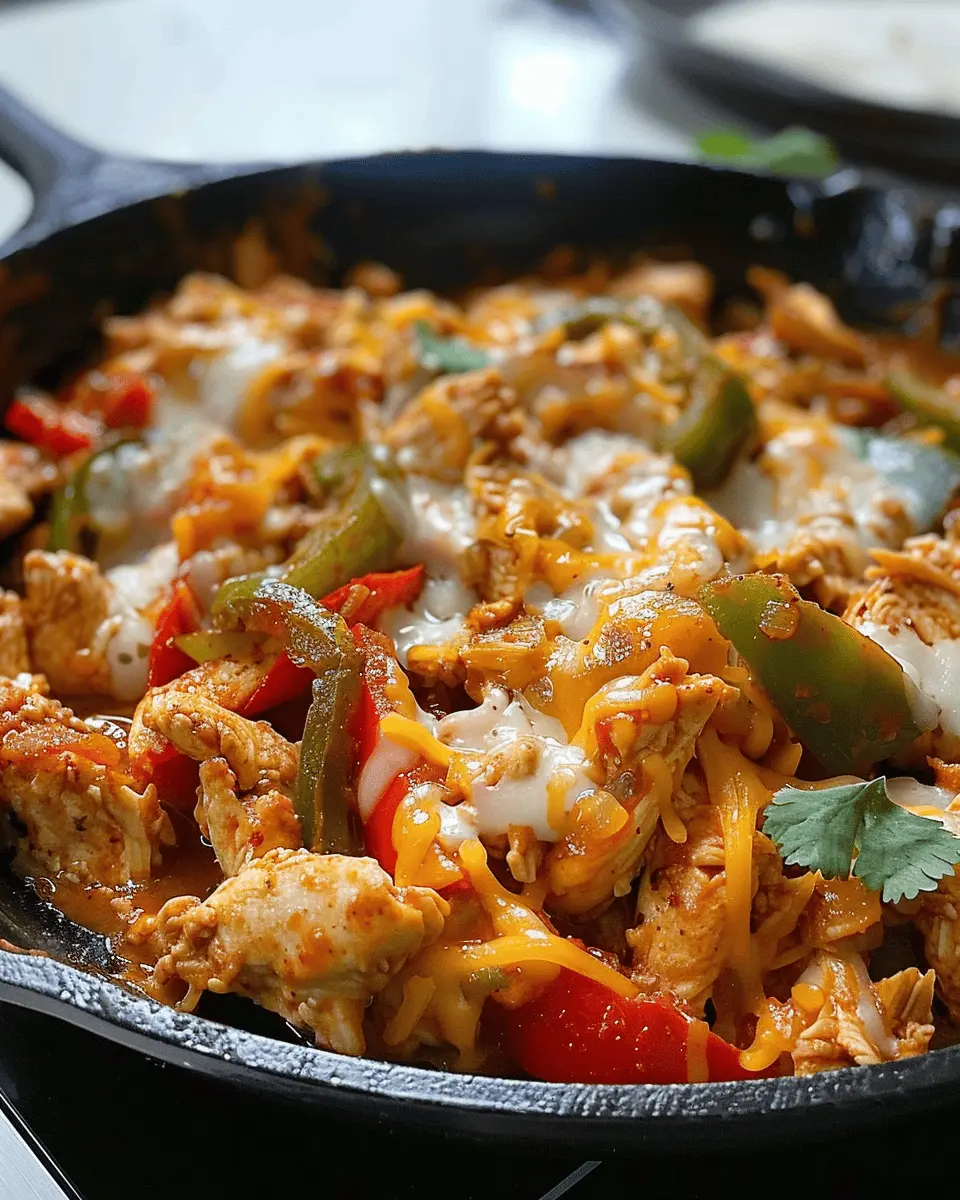Introduction to Amish White Bread
When you think about comfort food, what comes to mind? For many, it’s that fresh loaf of Amish white bread cooling on the counter, exuding warmth and inviting you to slice off a warm piece slathered in butter. This isn’t just any bread; it’s a staple in many Amish households, known for its delightful taste and texture. But what makes it particularly appealing for young professionals? Let’s dive in.
A Baking Journey Made Simple
In today’s fast-paced world, young professionals often juggle work, social commitments, and personal endeavors. Finding time to bake may feel like a stretch—but with this recipe, you won’t have to sacrifice taste for convenience. With just a few basic ingredients, you can create a wonderfully soft and fluffy bread that pairs perfectly with Turkey Bacon or a fresh salad. This bread isn’t just a sidekick; it can be the hero of your brunch spread or a comforting element in your busy weeknight meals.
Economical and Delicious
One of the greatest advantages of making Amish white bread is its affordability. With costs rising everywhere, turning to homemade staples can be a real game changer. With basic pantry ingredients like flour, sugar, yeast, and salt, the cost for several loaves is a fraction of the price of store-bought bread, especially when you consider organic or specialty options. Plus, it’s healthier since you control what goes into it.
Versatility for Every Meal
Imagine it’s Sunday morning, and you have friends over. A spread of Amish white bread toasted to perfection, alongside fresh fruit and Chicken Ham, makes for a delightful brunch. Or maybe you prefer it as a base for a savory sandwich during your hectic lunch at work. This bread’s texture and flavor lend themselves beautifully to both sweet and savory toppings, making it a brilliant choice for any meal.
Feeling inspired? Take a look at this guide on the benefits of homemade bread to explore why making your own might be the best decision you’ve made this week.
In conclusion, whether you’re a seasoned baker or willing to try something new, Amish white bread offers a satisfying and delicious option for the busy lifestyle of young professionals. So roll up those sleeves and let’s bake!
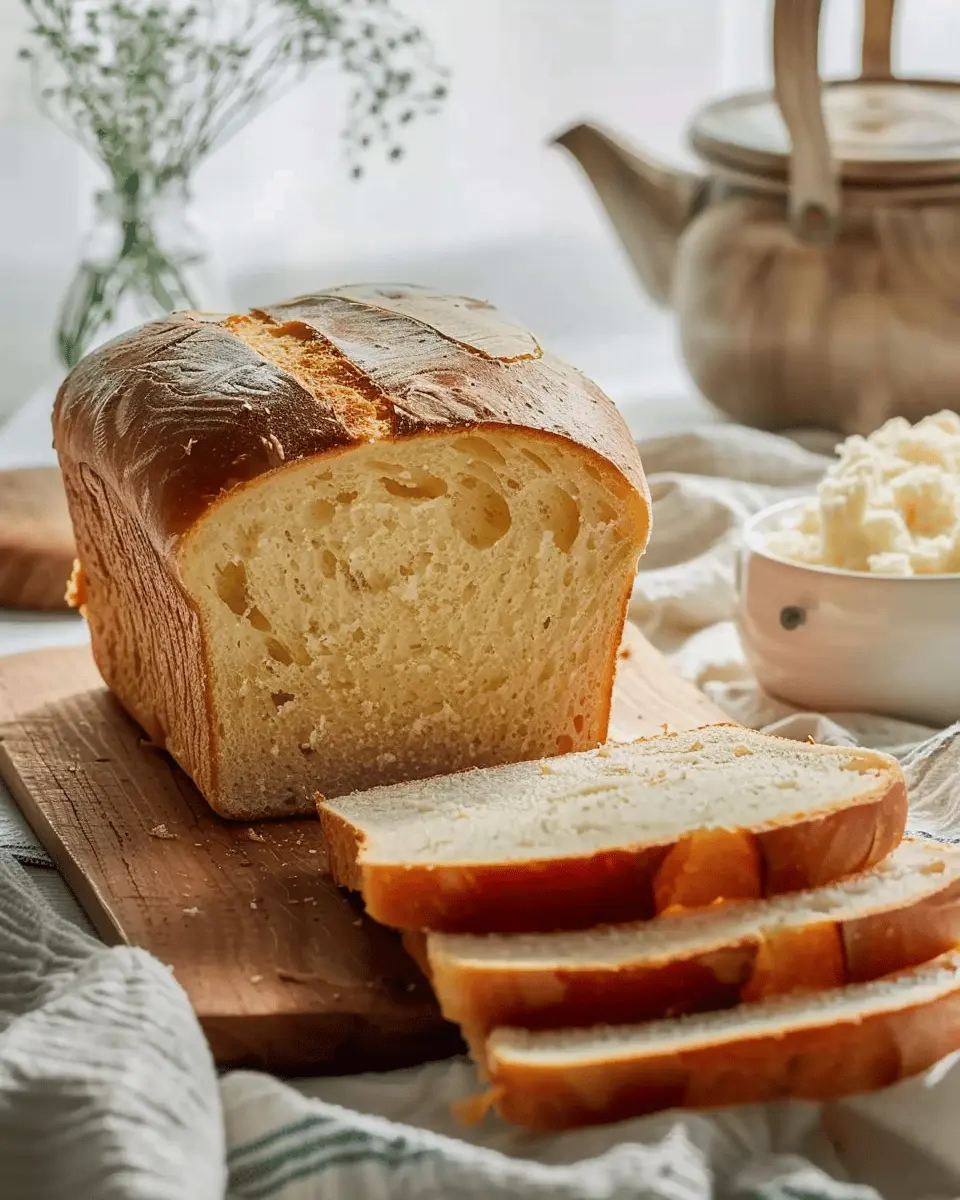
Ingredients for Amish White Bread
Essential ingredients for a basic recipe
When you’re ready to whip up some Amish white bread, gather these essential ingredients for a delightful loaf that’s soft, airy, and perfect for sandwiches or toast:
- All-purpose flour: This is your main ingredient—it’s key to getting that fluffy texture.
- Warm water: Activate the yeast with water that’s comfortably warm (about 110°F).
- Sugar: A touch of sugar feeds the yeast, enhancing the rise.
- Salt: Balances flavors and strengthens the dough.
- Yeast: Use active dry yeast for the best results—freshness is key!
- Butter: Adds richness and flavor; you can also use vegetable oil if preferred.
If you’re curious about more insights on baking bread, check out King Arthur Baking for expert tips.
Optional ingredients for variation
Want to throw in your own twist? Here are some optional ingredients that can elevate your Amish white bread experience:
- Honey or maple syrup: For a hint of natural sweetness.
- Herbs or spices: Add garlic powder, rosemary, or thyme for a flavorful twist.
- Seeds: Flaxseeds or sesame seeds add texture and nutrients.
- Milk: Substitute water for milk to create a richer flavor profile.
Experiment and find your favorite combination! The beauty of baking is in the creativity—what will you try?
Preparing Amish White Bread
Making homemade Amish white bread is not just about following a recipe—it’s about embracing the art of baking. This delightful process can transform the simplest ingredients into something heartwarmingly delicious. If you’re ready to create your own loaf of comfort, let’s get started!
Gather Your Ingredients and Tools
Before diving in, you’ll want to make sure you have everything you need on hand. Here’s what you’ll require:
Ingredients:
- 6 to 7 cups all-purpose flour
- 2 packets (4 ½ teaspoons) active dry yeast
- 1 ½ cups warm water (around 110°F to activate the yeast)
- ½ cup granulated sugar
- 1 tablespoon salt
- ¼ cup vegetable oil or melted butter
Tools:
- Mixing bowls
- Measuring cups and spoons
- A wooden spoon or spatula
- Clean work surface
- Plastic wrap or a damp kitchen towel
- Two loaf pans
Gathering these essentials creates a seamless baking experience. Trust me, you won’t want to be running around the kitchen searching for flour mid-recipe!
Mix the Dry Ingredients
In a large bowl, combine your dry ingredients—this includes the flour, sugar, yeast, and salt. Stir them together until they are well blended. It’s important to mix your dry components first to ensure even distribution of the yeast, which is the key to achieving that beautiful rise. Many bakers swear by sifting flour for an even texture; you may want to give it a try!
Combine Wet Ingredients
In a separate bowl, mix the warm water and vegetable oil (or melted butter). Make sure the water is warm, not hot, as this could kill the yeast. The thoughtful combination of wet and dry ingredients will create the foundation for your Amish white bread.
Create the Dough
Gradually add your dry mixture into the wet mixture. Using a wooden spoon, stir until a shaggy dough begins to form. Don’t fret if it’s sticky; that’s a good sign! Just make sure everything is combined before moving on to the next step.
Knead the Dough
Transfer the dough to a clean, floured surface. Here comes the fun part—let’s knead! Start folding the dough over itself and pushing it down with the palm of your hand. Continue this process for about 8-10 minutes until the dough is smooth and elastic. Kneading is essential because it develops the gluten—a science that ensures your bread has that lovely chewy texture.
Let the Dough Rise
Once your dough is kneaded, place it in a greased bowl and cover it with plastic wrap or a damp kitchen towel. Leaving it in a warm place, let it rise for about an hour or until it doubles in size. This is the moment when your patience pays off, and the dough transforms into something magical.
Shape the Loaves
After the rise, gently punch down the dough to release any air. On a floured surface, divide the dough into two equal portions. Shape each portion into a loaf by stretching and tucking the edges under. Place these shaped loaves into greased loaf pans with the seam side down.
Second Rise Before Baking
Cover the shaped loaves again and let them rise for another 30 minutes. This final rise allows your dough to develop even more flavor and texture. Consider this your dough’s beauty rest; it will be worth it!
Bake Your Loaves
Preheat your oven to 350°F. Once your dough has risen sufficiently, place the loaves in the oven and bake for 30-35 minutes, or until they are golden brown and sound hollow when tapped. A digital food thermometer can also be handy here; the bread is done when the internal temperature reaches 190°F.
Once baked, remove your loaves from the pans and let them cool on a wire rack. Your Amish white bread is now ready to be enjoyed. Whether it’s slathered with butter, used for sandwiches, or shared with friends, this homemade treasure will surely warm your heart and home. Enjoy the process, and happy baking!
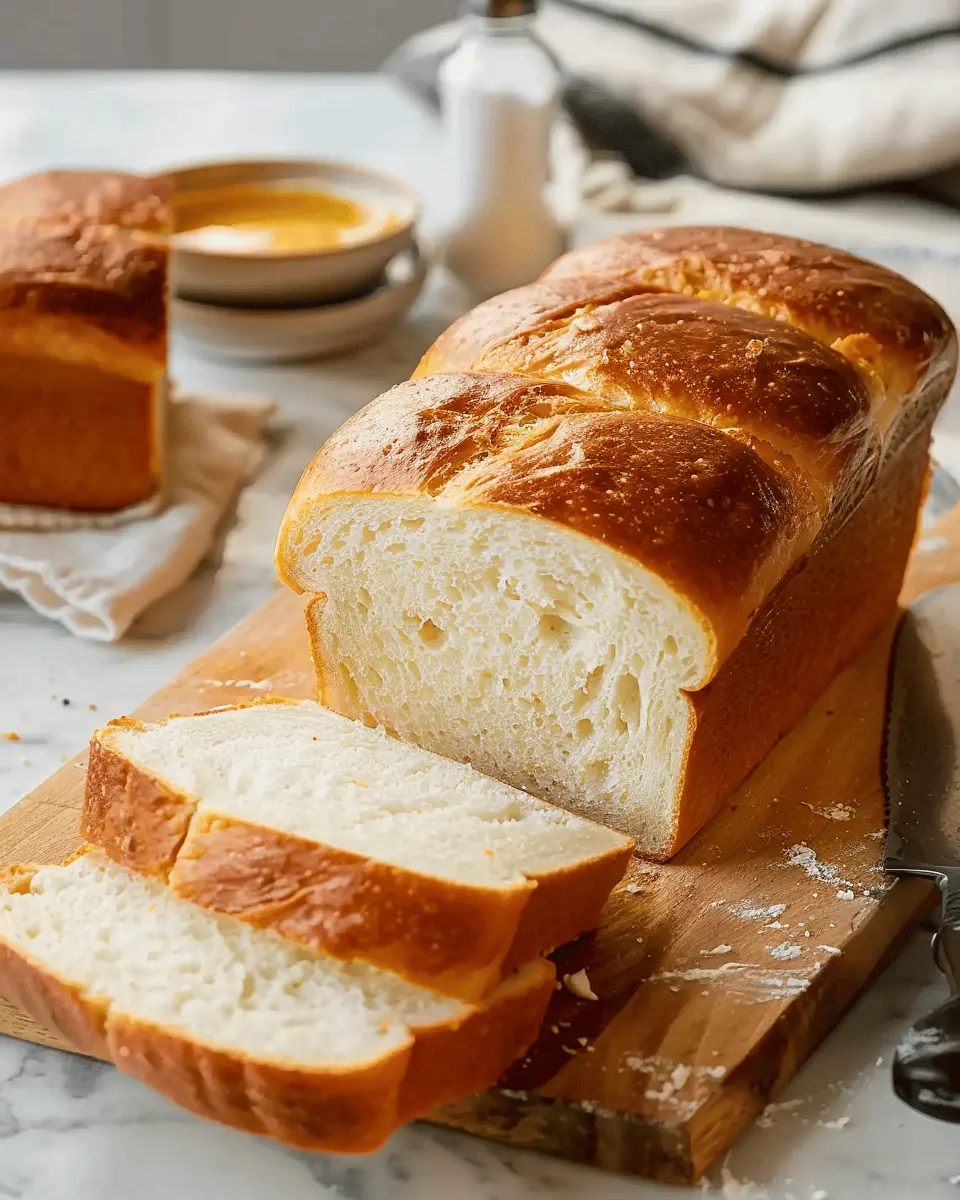
Variations on Amish White Bread
When it comes to Amish white bread, the classic recipe is just the beginning. Let’s dive into some delightful variations that can elevate your baking game and cater to different palates!
Whole Wheat Amish Bread
For those seeking a nutritious twist, consider making whole wheat Amish bread. By substituting half or all of the white flour with whole wheat flour, you’ll not only add a lovely nutty flavor but also boost the bread’s fiber content. Just remember that whole wheat flour absorbs more liquid, so you might need to adjust the water slightly. You can find great tips on whole grain baking techniques here.
Herb-Infused Variations
If you’re craving something savory, herb-infused Amish bread is a fantastic choice. Imagine the aroma of fresh basil, rosemary, or garlic wafting through your kitchen! Simply mix in your favorite dried herbs or freshly chopped herbs into the dough during the mixing stage. This variation pairs beautifully with soups or can be enjoyed as a stunning side for dinner. Plus, it’s a great way to impress your guests with minimal effort!
Sweet Amish Bread for Breakfast
Nothing beats starting your day with a slice of sweet Amish bread. By adding ingredients like cinnamon, vanilla, and even fruits such as raisins or mashed bananas, you can create a sweet morning treat. Slather on some butter or serve it with Turkey Bacon on the side for a well-rounded breakfast. It’s a perfect way to celebrate a weekend brunch with friends!
These variations of Amish white bread not only allow you to customize flavors but also let you explore different dietary preferences without sacrificing taste. Happy baking!
Baking notes for Amish White Bread
Common mistakes to avoid
When making Amish White Bread, it’s essential to steer clear of a few common pitfalls. One frequent mistake is not allowing the dough to rise enough. Bread rising is where the magic happens, so ensure you let it double in size in a warm, draft-free spot.
Another typical error is using water that is either too hot or too cold when activating your yeast. Aim for a temperature around 110°F (43°C) for optimal yeast performance. Lastly, be cautious with the flour quantity; too much can lead to dense bread.
Tips for achieving the perfect crust
To get that golden-brown crust that makes Amish White Bread so delectable, consider these tips:
- Steam it up: Place a pan of hot water in the oven while it preheats, creating steam that enhances crust development.
- Brush with butter: After baking, brushing the top with melted butter not only adds flavor but also softens the crust.
- Use your thermometer: Bread is perfectly baked when it reaches an internal temperature of about 190°F (88°C).
By avoiding these mistakes and following these tips, you’ll be well on your way to crafting the ideal loaf. Happy baking! For more information on yeast and its essential role in bread-making, check out this article from King Arthur Baking.
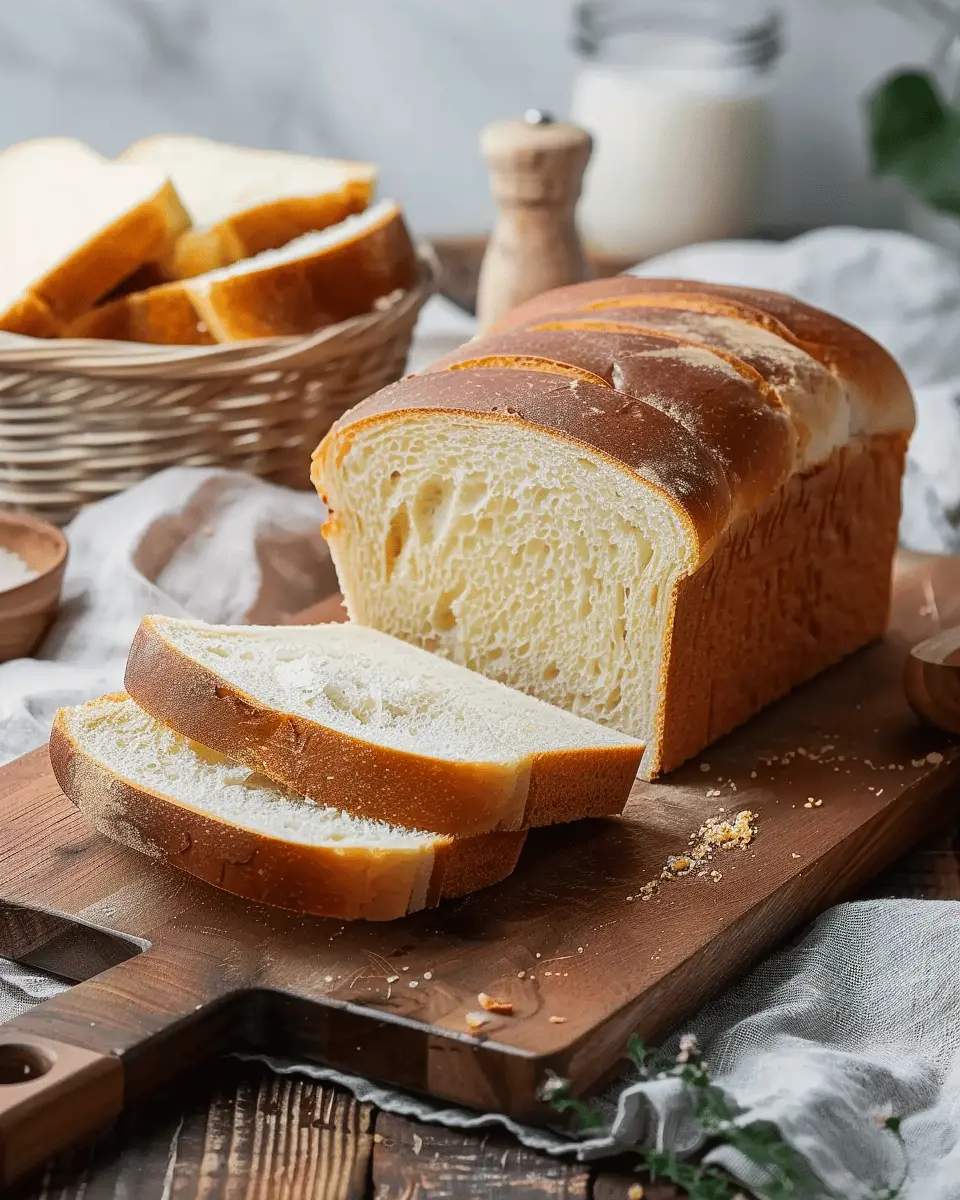
Serving Suggestions for Amish White Bread
Delightful Pairing Ideas with Spreads and Toppings
Amish white bread shines with a variety of spreads and toppings. Try it toasted with a generous smear of creamy butter or artisan jams for a delightful breakfast. If you’re in the mood for something savory, a layer of cream cheese topped with fresh herbs is simply divine.
For a heartier option, consider filling your slices with:
- Turkey bacon and avocado for a protein-packed start to your day.
- Sliced chicken ham and cheese, making for a satisfying sandwich.
- Hummus and roasted veggies for a plant-based treat.
Creative Uses in Meals and Snacks
This versatile bread isn’t just for toasting; it can transform your meals and snacks. Use it to make decadent French toast or even panzanella salad for a refreshing twist. How about a classic grilled cheese? Amish white bread is perfect for getting that gooey, melty center while maintaining the crusty exterior.
Think beyond the sandwich! Toast it for croutons to sprinkle over soups or salads, or use it to create a cozy bread pudding—yum!
For more fun recipes, check out Food Network or Bon Appétit.
Tips for Perfecting Amish White Bread
Temperature and Humidity Considerations
Baking Amish white bread achieves perfection by understanding your kitchen’s temperature and humidity. Yeast loves warmth! Ideally, keep your dough in a warm, draft-free area, around 75-80°F (24-27°C). If your kitchen is chilly, try placing your dough near a gentle heat source, like the oven while it’s preheating (but off).
Humidity can also impact your bread. On humid days, you might need to use a little less flour since the air is already moisture-filled. Conversely, in dry conditions, consider adding a touch more liquid to achieve that tender crumb. Remember, every environment is unique, so adjust based on feel and look!
When to Know Your Bread Is Done
Timing is just one key to mastering Amish white bread. To check for doneness, tap the bottom of the loaf—if it sounds hollow, you’re in business! Additionally, investing in an instant-read thermometer can be a game-changer; bread is fully cooked at around 190°F (88°C).
Watching the crust’s color can also be a useful indicator. A golden-brown hue means it’s likely ready to come out of the oven. Once baked, let your bread cool completely before slicing; this helps maintain its structure and flavor. For more tips on bread baking, check out King Arthur Baking!
Happy baking!
Time details for Amish White Bread
Preparation time
Making Amish white bread is a delightful endeavor, requiring about 20 minutes of your time to gather ingredients, mix the dough, and get it ready for rising. It’s the perfect way to engage with the process while enjoying your favorite playlist or podcast.
Rising time
The real magic happens during the rising phase, which takes approximately 1 to 1.5 hours. This is when the dough doubles in size and develops that wonderful texture. During this wait, consider making a cup of coffee or prepping your favorite sandwich toppings.
Baking time
Once the dough has risen, baking takes around 30 to 35 minutes. The aroma of Amish white bread wafting through your kitchen is sure to bring everyone running!
Total time
In total, you’re looking at about 2 to 2.5 hours from start to finish, including all the wait times. It may seem like a bit longer, but the end result—a beautiful, soft loaf of bread—makes it all worthwhile. If you’re looking for inspiration on toppings to enjoy with your bread, check out this guide on spreads for some tasty ideas!
Nutritional Information for Amish White Bread
When you’re whipping up a loaf of Amish White Bread, it’s always good to know what you’re putting into your body. Here’s a quick look at the nutritional highlights:
Calories
A single slice of homemade Amish White Bread typically contains about 80 to 100 calories. This makes it a suitable option for anyone looking to enjoy bread without the guilt.
Protein
Each slice packs in around 3 grams of protein. While it’s not a powerhouse like some protein-rich foods, every bit helps, especially when paired with toppings like turkey bacon or chicken ham for a fulfilling sandwich.
Dietary Fiber
One of the bread’s blessings is its dietary fiber content, which is often less than 1 gram per slice. While this might seem minimal, it’s a delightful complement to a high-fiber meal when you choose to load it with veggies and lean proteins. For high-fiber recipe ideas, check out this source.
By being mindful of what you eat, you can enjoy your Amish White Bread in moderation, making it a delightful addition to your meal plan while keeping your nutritional goals in sight! Want to learn more about balancing bread in your diet? Explore this article on carbs and health.
FAQs about Amish White Bread
Can I make this bread without a stand mixer?
Absolutely! While a stand mixer can simplify the process, making Amish white bread by hand is not only doable but also a rewarding experience. Just combine your ingredients in a large bowl and knead the dough on a floured surface. You’ll want to knead for about 10 minutes until the dough is smooth and elastic. Not only does this give you a workout, but it also allows you to connect with the traditional roots of the recipe!
How should I store my Amish white bread?
To keep your Amish white bread fresh, store it in a cool, dry place. You can wrap it in plastic wrap or place it in a breadbox to prevent it from drying out. If you’re planning to consume it over several days, slicing it before storing can help you grab a piece on-the-go!
Is it possible to freeze Amish white bread?
Yes, freezing is a fantastic option to extend the life of your Amish white bread. Once the bread has completely cooled, wrap it tightly in plastic wrap or aluminum foil, then place it in a freezer-safe bag. You can freeze individual slices or a whole loaf—just make sure to label it with the date. When you’re ready to enjoy, simply let it thaw at room temperature or toast it straight from the freezer for that fresh-baked taste!
For more tips on storing bread, check out The Bread Lab for insights into proper bread preservation.
Conclusion on Amish White Bread
Embracing homemade goodness for a healthier lifestyle
Making Amish white bread is not just about enjoying a delicious loaf; it’s a step toward a healthier and more satisfying lifestyle. Baking at home allows you to control the ingredients, avoiding preservatives and additives often found in store-bought bread. Plus, there’s something incredibly fulfilling about kneading dough and watching your creation rise.
Consider this: a study by the Whole Grains Council highlights that homemade bread can be a source of essential nutrients. So, why not gather with friends or family for a baking day? You’ll not only whip up a batch of delightful bread but also create lasting memories. For more on baking and nutrition, check out The American Heart Association for expert tips!
PrintAmish White Bread: The Best Homemade Loaf You’ll Ever Bake
Discover the secrets to baking the perfect Amish White Bread with this easy-to-follow recipe.
- Prep Time: 15 minutes
- Cook Time: 30 minutes
- Total Time: 1 hour 45 minutes
- Yield: 2 loaves 1x
- Category: Bread
- Method: Baking
- Cuisine: American
- Diet: Vegetarian
Ingredients
- 2 cups warm water
- 1/2 cup sugar
- 1 tablespoon active dry yeast
- 1/2 cup vegetable oil
- 1 tablespoon salt
- 6 cups all-purpose flour
Instructions
- In a large bowl, mix warm water, sugar, and yeast. Let it sit until foamy.
- Add oil and salt, then stir in flour gradually until the dough forms.
- Knead the dough for about 10 minutes until smooth.
- Place the dough in a greased bowl, cover, and let rise until doubled in size.
- Punch down the dough and shape it into loaves.
- Let the loaves rise again until they double in size.
- Bake at 350°F (175°C) for 30 minutes or until golden brown.
Notes
- For a richer flavor, use milk instead of water.
- Experiment with adding herbs or garlic for variation.
Nutrition
- Serving Size: 1 slice
- Calories: 150
- Sugar: 1g
- Sodium: 200mg
- Fat: 5g
- Saturated Fat: 0.5g
- Unsaturated Fat: 4.5g
- Trans Fat: 0g
- Carbohydrates: 27g
- Fiber: 1g
- Protein: 4g
- Cholesterol: 0mg
Keywords: Amish White Bread, homemade bread, baking
